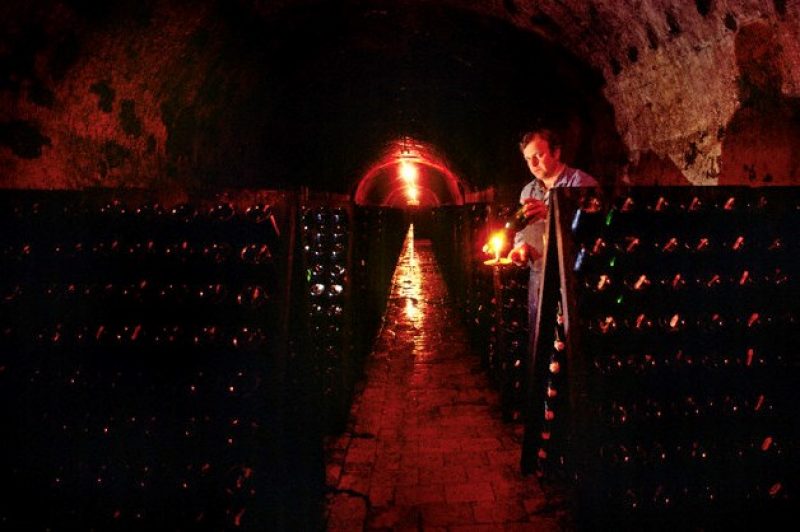Even though enthusiasm levels were high at the end of September, they have dropped back a little since
The late summer sun in September made up a lot of ground after a very bad season looked to be on the cards following some unseasonably cold and wet weather in July and August. But just when it looked as if the Gods had finally smiled on the Champagne harvest after two successively poor years, the signs are now that it will be what oenologist James Darsonville refers to as “mostly a BSA!” The term brut sans année refers to the fact that it will almost certainly not be a vintage year, even though many might expect that the length of the summer would have made it so. Unless it reaches the required standard, Champagne bottles don’t proudly display their year of birth and the BSA bottles are often a mixture of different years’ produce.
Going by what Darsonville says, what he has sampled so far has acidity and fruitiness but is lacking in density. This year’s crop is, therefore, far from being one of the vintage years, such as 1982, 1988 or even 1996 or 2002, unlike the Bordeaux wines that generally have a greater number of outstanding years to boast of.
In recent years, Champagne has had a tendency to have a good year more or less out of the blue. Even the terrible year that was 2001 (excellent in Bordeaux, average in Burgundy, awful in Champagne) was deigned a pretty decent year by some critics. Even the massive heatwave year of 2003 didn’t result in a vintage year for the bubbly and it was the same in the warm years of 2005 and 2007. The jury is still out on 2004.
“The first sensations tend to indicate that the Chardonnays are head and shoulders above the rest, taking all sectors into account,” analyses Cyril Brun, oenologist from the Veuve Clicquot team. “It’s the same for the pinots noirs. The best were harvested in the colder regions – Verzy, Verzenay, north of the Reims mountain and the less impressive seem to us be found in the southern hills, where there was a little lack of maturity… there were spontaneous beginnings of fermentation, not necessarily in the best of conditions, with a few acidic peaks. This was because of the high temperatures during the harvest. Normally, it’s about 18/19° but we were bringing in the harvest in temperatures of 30° in the sun. We were lucky to have greater yields than expected, which allowed us to leave behind the grapes of less perfect maturity.”What about the third major grape variety of Champagne – the pinot meunier?
“As much as the meunier in 2013 was the one that came out best of a bad lot, so it turned out to be the least interesting in this year’s harvest,” says oenologist Thomas Porignaux. “It suffered the most from the acidic peaks; it smelled of vinegar even from the vine. We don’t know if it’s because of the Drosophila Suzukii (the spotted wing drosophila vinegar fly) insect or if it’s because the meunier vines reached maturity earlier and were therefore harvested a bit too late.”
And still, there are other elements to be considered before the final verdict on the Champagne crop of 2014 is decided. First, there is the second pressing (the so-called tailles, which produce about a fifth less than the initial cuvée), which can produce a more “interesting” result during the years of high acidity, according to Veuve Clicquot‘s chef de cave Dominique Demarville. Secondly, there is the element of time: it will be another few years before we see the 2014 Champagne appearing in wine shops. We are only now, for example, beginning to see the 2008 millésime bottles appear. Champagne just harvested has a still untold story within it that will only unfurl with maturity and the reaction with yeast… a story that may yet prove initial impressions to be be redundant.





 Tootlafrance is Ireland’s fresh new eyes on France, bringing you the latest news, exclusive celebrity interviews, political analysis, cultural events, property news and, of course, travel features written by top Irish journalists.
Tootlafrance is Ireland’s fresh new eyes on France, bringing you the latest news, exclusive celebrity interviews, political analysis, cultural events, property news and, of course, travel features written by top Irish journalists.